Maya News Updates 2007, No. 75: Recently Published Research - Ancient Animal Use and the Maya Elite
The October 31, 2007, issue of the Journal for Nature Conservation (Vol. 15, Issue 3; published by Elsevier) contains an important article entitled "Assessing the impact of ancient Maya animal use," written by Dr. Kitty F. Emery, assistant curator of environmental archaeology at the Florida Museum of Natural History, University of Florida, Gainsville, the abstract of which is presented here:
Tropical forest animals are at high risk worldwide as a result of over-exploitation and forest clearing. Zooarchaeological studies of animal use by the ancient Maya of the southern lowland regions of Guatemala, Honduras, Belize, and Mexico provide long-term historical information on animal populations under conditions of human population growth and climatic change that is valuable to both archaeology and conservation biology. In this paper, zooarchaeological data from 35 chronologically defined faunal sub-samples recovered from 25 ancient Maya archaeological sites are used to assess the effects of ancient hunting on animal populations of the Maya region between the Preclassic and Colonial periods (2000 B.C.-A.D. 1697). The variations in species abundance are used as a proxy for describing changes in ancient Maya hunting practices and hunted animal populations, interpreted on the basis of hunting efficiency models from foraging ecology. A significant reduction in the proportion of large mammals, particularly Odocoileus virginianus, in zooarchaeological assemblages between the Late Classic (A.D. 600-850) and Terminal Classic/Postclassic periods (A.D. 850-1519) suggest that over-hunting during the Late Classic may have led to a reduction in availability of these animals to the ancient Maya hunters in the later periods. This finding is discussed in relation to important social and environmental variations to evaluate the impact of hunting and other factors such as forest clearance and climate on ancient animal populations in the Maya region (source Journal for Nature Conservation).
On November 8, 2007, the University of Florida News website posted a short notice on this article in which Emery describes the effects of large-game species in the southern Maya lowlands in Guatemala, Belize, and Honduras, spanning a time period of some 2,500 years (ca. 1000 B.C.-A.D. 1500) and employing a sample of close to 80,000 animal bones from 25 Maya sites (edited by MNU):
Maya politics likely played role in ancient large-game decline - A University of Florida study is the first to document ancient hunting effects on large-game species in the Maya lowlands of Central America, and shows political and social demands near important cities likely contributed to their population decline, especially white-tailed deer.
Additional evidence from Maya culture and social structure at the end of the Classic period (approximately 250 to 800 A.D) strongly supports this assertion. The study by Florida Museum of Natural History Assistant Curator of Environmental Archaeology Kitty Emery appears in the Oct. 31 issue of the Journal for Nature Conservation.
“We’re finding declines specifically in large-game species, and particularly in the species that were politically and socially important to the Maya,” Emery said. “The politically powerful elite Maya had preferential access to large game, and white-tailed deer were especially important to the Maya as food and for their symbolic power.” Emery tracked the proportion of large-game animals to all vertebrate species over time, using 78,928 animal bones found at 25 Maya archaeological sites. To tease apart specific hunting effects, she also tracked the proportion of white-tailed deer to all vertebrates. Her samples spanned 2,500 years, from about 1000 B.C. to 1500 A.D.
This period includes the collapse of the lowland Maya political and social order and the final period of Spanish colonization. Her study, funded by the National Science Foundation, is the first regional analysis of this area to interpret how humans impacted animal populations based on archaeological data of animal use by humans. She used both her own original data and existing published data. “The data suggests the game decline was caused primarily by hunting pressure since the reduction in numbers was recorded for large vertebrates as opposed to just animals sensitive to the disappearance of forest cover or those sensitive to climate changes,” Emery said. “But the effects of hunting pressure were undoubtedly exacerbated by deforestation and climate change since there is also documented evidence for these changes at the same time.”
Emery said not all sites showed large-game declines despite high human population, and that the declines were most noticeable at regional capitals and large cities. “The capital cities were home to a large and top-heavy ruling class who demanded that the regions’ hunters provide them with large quantities of the best cuts of favorite meats from large game, and particularly the white-tailed deer,” Emery said. “They also demanded large numbers of symbolically important species such as white-tailed deer and large wild cats like jaguar and puma, since these species were used as symbolic displays of their wealth and power, and were used in ritual interactions with the deities.”
Deer also were important theatrically because actors wore costumes to portray the predator-prey relationship. The power of the noble classes and the king was based on their perceived abilities to control ecology, but Emery said several negative environmental situations converged simultaneously, likely contributing to the collapse of Maya political stability starting around 1,200 years ago. According to current Maya archaeological theory, Maya demand for wood used in building finishes such as lime plaster combined with an exploding population base that cleared more and more land for agriculture - resulting in deforestation. Concurrent climate change resulted in a 200-year drought which further curtailed forest regrowth.
“The rulers’ response to the environmental degradation may have been to demand more large game and more deer to use in feasts and rituals where they appealed to deities for help and also to prove their status,” Emery said. “As the valued resources became more scarce, they made more demands to obtain them to prove and reinforce their power.” Their demand for large game was not extreme enough to cause extinction or local exterminations, an important finding. Emery said this indicates that over the 2,500 years of this study, the ancient Maya were generally careful of their animal resources.
Brown University ancient Maya scholar Stephen Houston said Emery’s “breadth of expertise” allowed her to tackle such an important review of Maya animal use. “The lack of extinctions shows that the Maya impact on parts of their environment was not as profound as some have thought,” Houston said. “That is, we don’t see utter devastation to the extent that species disappeared entirely. But Emery also confirms that the Maya went after high-value, prestigious meats like deer and, through vigorous hunting, that they found such game harder and harder to find” (written by DeLene Beeland; source University of Florida News).
Additional evidence from Maya culture and social structure at the end of the Classic period (approximately 250 to 800 A.D) strongly supports this assertion. The study by Florida Museum of Natural History Assistant Curator of Environmental Archaeology Kitty Emery appears in the Oct. 31 issue of the Journal for Nature Conservation.
“We’re finding declines specifically in large-game species, and particularly in the species that were politically and socially important to the Maya,” Emery said. “The politically powerful elite Maya had preferential access to large game, and white-tailed deer were especially important to the Maya as food and for their symbolic power.” Emery tracked the proportion of large-game animals to all vertebrate species over time, using 78,928 animal bones found at 25 Maya archaeological sites. To tease apart specific hunting effects, she also tracked the proportion of white-tailed deer to all vertebrates. Her samples spanned 2,500 years, from about 1000 B.C. to 1500 A.D.
This period includes the collapse of the lowland Maya political and social order and the final period of Spanish colonization. Her study, funded by the National Science Foundation, is the first regional analysis of this area to interpret how humans impacted animal populations based on archaeological data of animal use by humans. She used both her own original data and existing published data. “The data suggests the game decline was caused primarily by hunting pressure since the reduction in numbers was recorded for large vertebrates as opposed to just animals sensitive to the disappearance of forest cover or those sensitive to climate changes,” Emery said. “But the effects of hunting pressure were undoubtedly exacerbated by deforestation and climate change since there is also documented evidence for these changes at the same time.”
Emery said not all sites showed large-game declines despite high human population, and that the declines were most noticeable at regional capitals and large cities. “The capital cities were home to a large and top-heavy ruling class who demanded that the regions’ hunters provide them with large quantities of the best cuts of favorite meats from large game, and particularly the white-tailed deer,” Emery said. “They also demanded large numbers of symbolically important species such as white-tailed deer and large wild cats like jaguar and puma, since these species were used as symbolic displays of their wealth and power, and were used in ritual interactions with the deities.”
Deer also were important theatrically because actors wore costumes to portray the predator-prey relationship. The power of the noble classes and the king was based on their perceived abilities to control ecology, but Emery said several negative environmental situations converged simultaneously, likely contributing to the collapse of Maya political stability starting around 1,200 years ago. According to current Maya archaeological theory, Maya demand for wood used in building finishes such as lime plaster combined with an exploding population base that cleared more and more land for agriculture - resulting in deforestation. Concurrent climate change resulted in a 200-year drought which further curtailed forest regrowth.
“The rulers’ response to the environmental degradation may have been to demand more large game and more deer to use in feasts and rituals where they appealed to deities for help and also to prove their status,” Emery said. “As the valued resources became more scarce, they made more demands to obtain them to prove and reinforce their power.” Their demand for large game was not extreme enough to cause extinction or local exterminations, an important finding. Emery said this indicates that over the 2,500 years of this study, the ancient Maya were generally careful of their animal resources.
Brown University ancient Maya scholar Stephen Houston said Emery’s “breadth of expertise” allowed her to tackle such an important review of Maya animal use. “The lack of extinctions shows that the Maya impact on parts of their environment was not as profound as some have thought,” Houston said. “That is, we don’t see utter devastation to the extent that species disappeared entirely. But Emery also confirms that the Maya went after high-value, prestigious meats like deer and, through vigorous hunting, that they found such game harder and harder to find” (written by DeLene Beeland; source University of Florida News).
Kitty Emery's website on environmental archaeology can be found here.



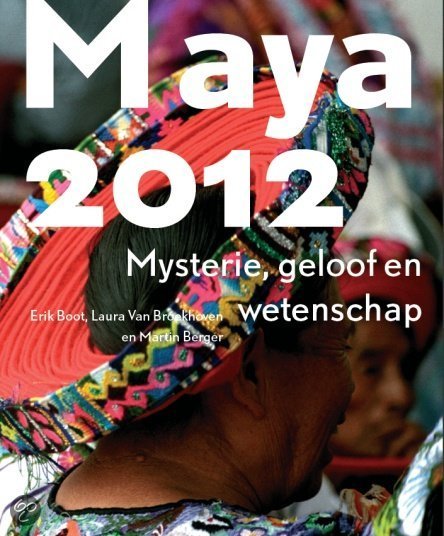



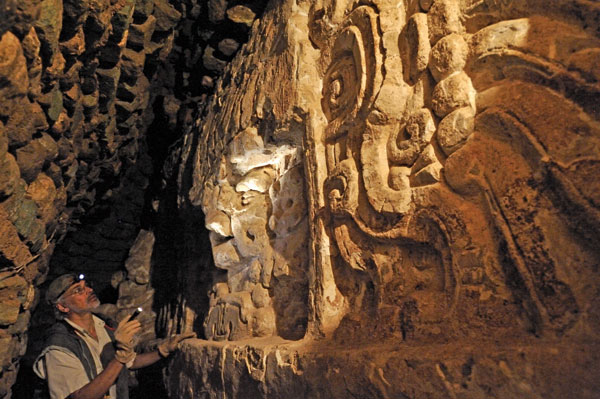
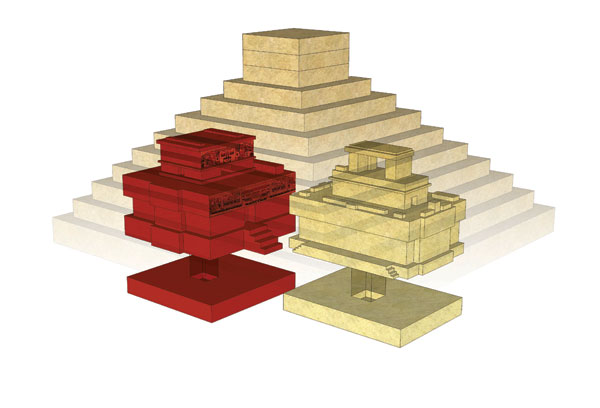
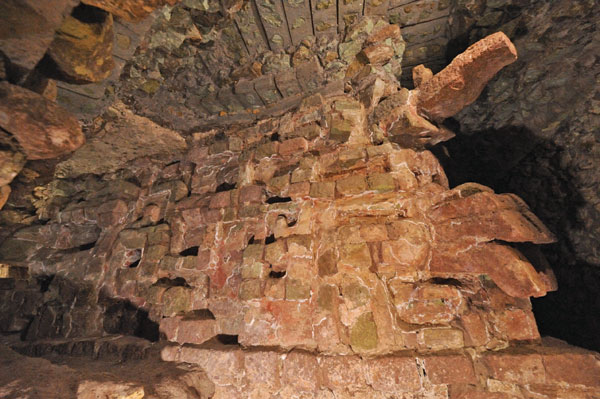





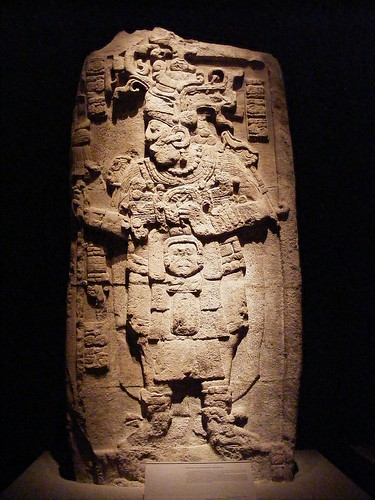


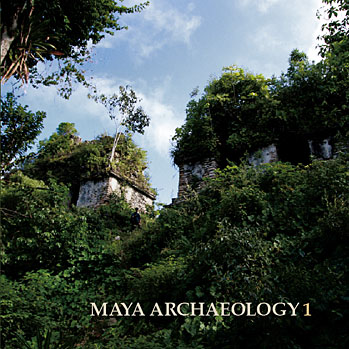









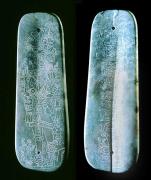


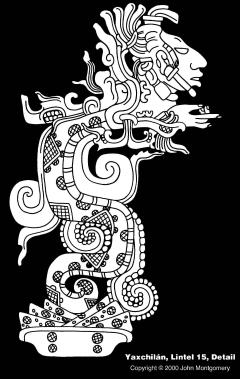

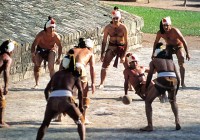


0 Comments:
Post a Comment
<< Home